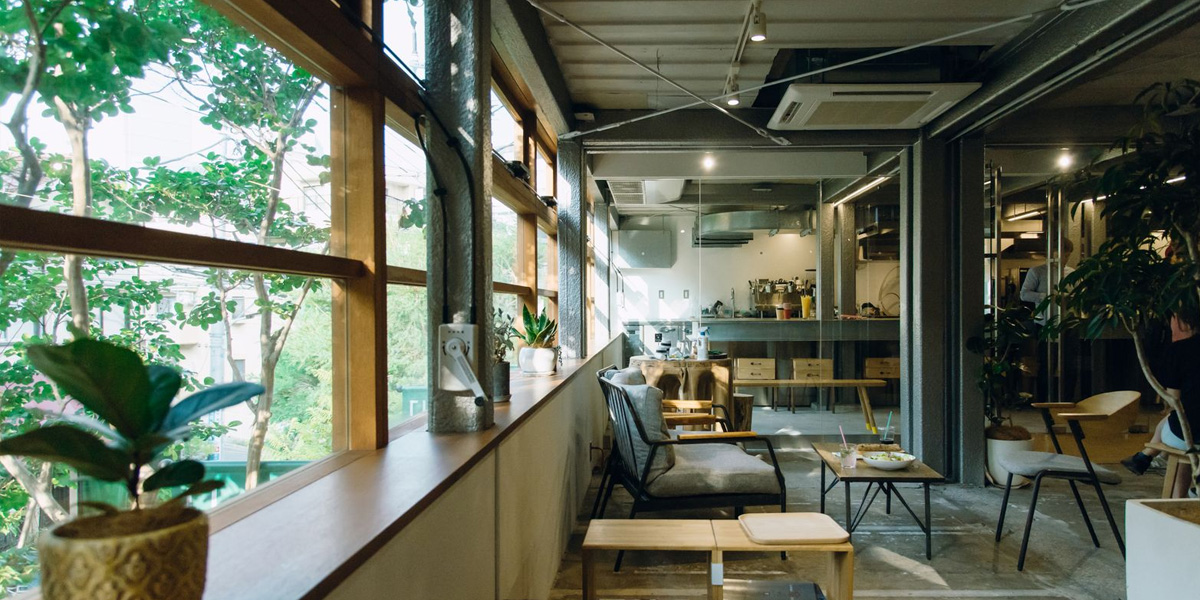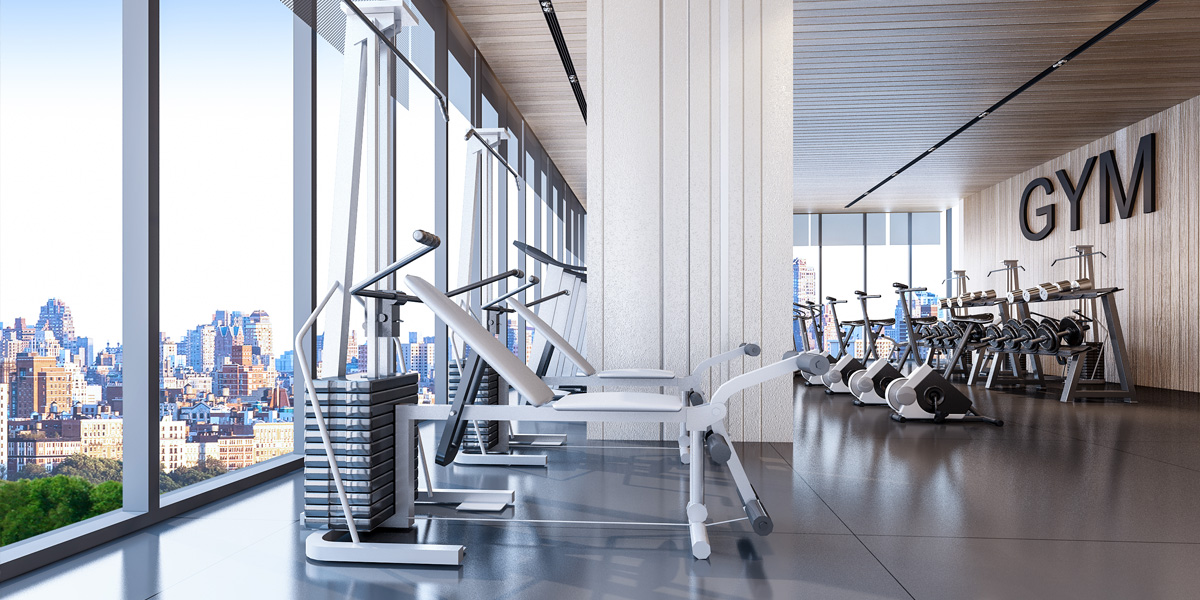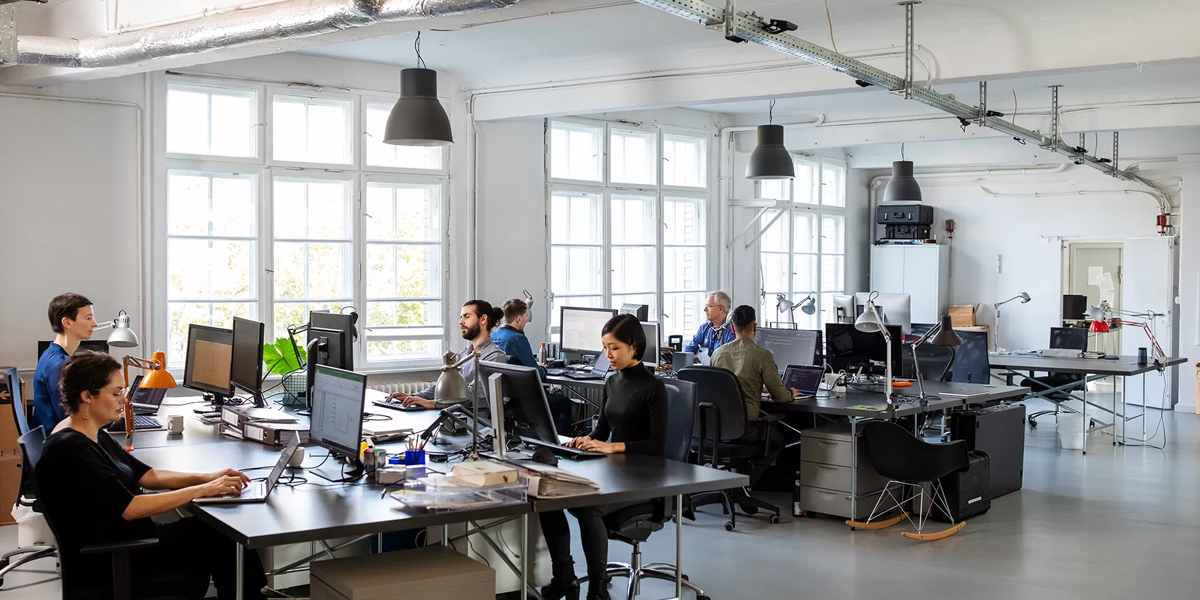5 ways office design will adapt to hybrid working
The COVID-19 pandemic has fundamentally changed the way we work, and the office of the future will need to adapt to new ways of working. As more companies embrace hybrid working, with employees splitting their time between the office and remote work, office design will need to evolve to meet the needs of a changing workforce.
Here’s Project Interiors top 5 tips for redesigning the office of the future:
Flexibility is Key
Flexibility will be the key to successful office design in the future. The office of the future will need to be able to accommodate employees who are working both remotely and in the office, and it will need to be able to adapt to changing needs as they arise.
This may mean creating multi-functional spaces that can be used for different purposes, such as conference rooms that can also be used as individual workspaces. It may also mean investing in flexible furniture and technology that can be easily moved and reconfigured to meet changing needs.
Hybrid Spaces
As more employees split their time between the office and remote work, there will be a greater need for hybrid spaces that can accommodate both in-person and virtual meetings. This may mean investing in video conferencing technology and creating spaces that are specifically designed for virtual meetings.
Hybrid spaces may also need to be more acoustically insulated to minimize noise from other activities in the office, and they may need to be designed with lighting and camera angles that work well for both in-person and virtual attendees.
Wellness and Sustainability
Employee wellness and sustainability will continue to be important considerations in office design. The office of the future will need to be designed with employee health and wellbeing in mind, with features such as ergonomic furniture, natural lighting, and air filtration systems that promote good indoor air quality.
Sustainability will also be a key consideration, with offices designed to reduce energy consumption, waste, and carbon emissions. This may mean using materials that are sustainable and recyclable, investing in energy-efficient lighting and heating systems, and using renewable energy sources.
Technology-Enabled Workspaces
As remote work becomes more prevalent, technology-enabled workspaces will become increasingly important. Offices will need to be equipped with the latest technology, including high-speed internet, video conferencing equipment, and collaboration tools that enable seamless communication and collaboration between remote and in-office employees.
Technology-enabled workspaces may also incorporate features such as wireless charging stations, smart lighting and temperature control, and advanced audio-visual systems to enhance the overall user experience.
Employee Engagement
Employee engagement will be more important than ever in the office of the future. With many employees splitting their time between the office and remote work, it will be important to create an engaging and inclusive workplace that fosters collaboration and teamwork.
This may mean investing in features that promote social interaction, such as communal spaces for eating and relaxing, as well as spaces for team building and social events. It may also mean creating a sense of community and belonging through shared values and goals, and creating a workplace culture that values employee wellbeing and work-life balance.
Conclusion
The office of the future will need to be flexible, adaptable, and designed with the needs of a changing workforce in mind. From hybrid spaces to technology-enabled workspaces and employee engagement, office design will need to evolve to meet the needs of a hybrid workforce. By investing in these key areas, companies can create a workplace that promotes collaboration, creativity, and productivity, and helps to attract and retain top talent in the years to come.





